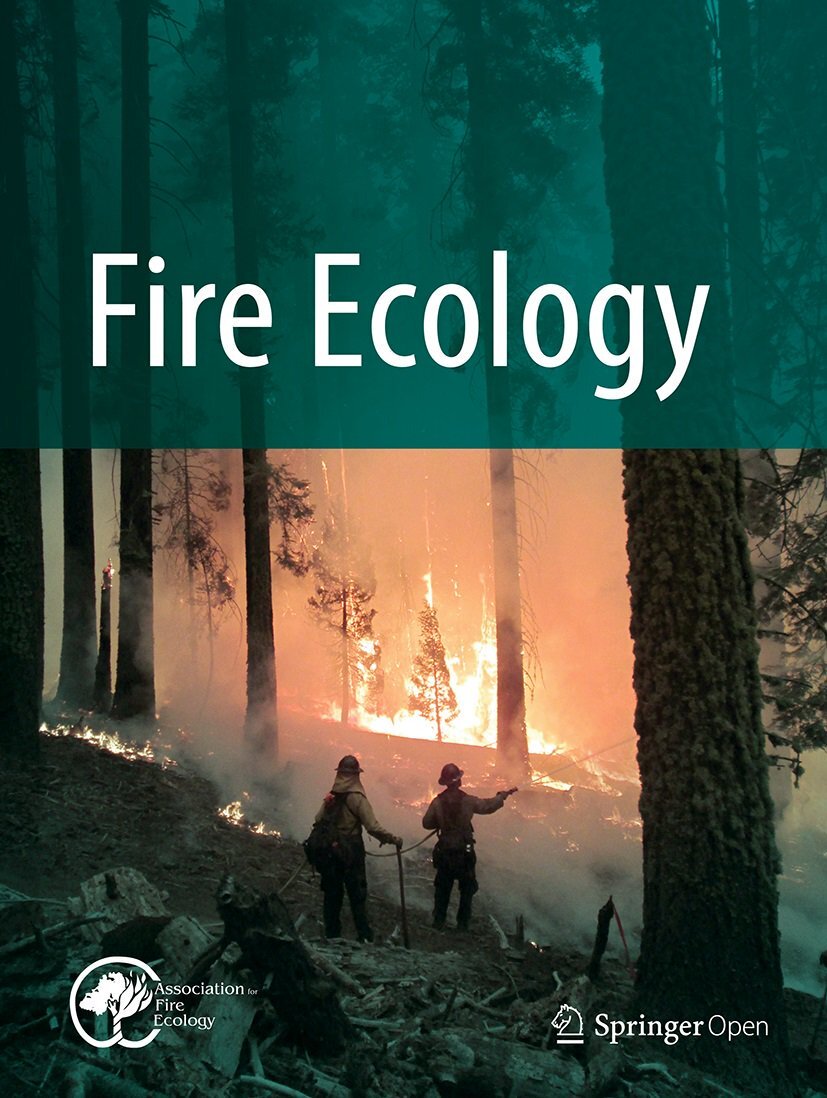March 19th, 2025 at 1pm EST
Wildfires are ubiquitous and an integral part of the Earth System. Although they can be a destructive force, they are vital for maintaining the biodiversity and functioning of many ecosystems. Wildfire-induced changes in vegetation and landscape properties also have important feedbacks to climate through modulating water- and energy-exchanges and the carbon cycle. Thus, an understanding of the controls on fire regimes, and the ability to model vegetation-fire interactions, is important from an Earth System perspective. The current state-of-the-art global models used to predict how wildfires might behave in a changing climate capture some aspects of wildfire behaviour, but are poor at simulating fire seasonality, interannual variability and extreme fires. In large part, this reflects the fact that these models were developed before the era of big data and their treatment of many of the processes that control wildfires is poorly constrained. We now have a much better understanding of the environmental controls on the occurrence of wildfires and their behaviour. In this talk, I will showcase several new approaches to modelling wildfires, including the development and application of empirical data-driven models, the use of large ensemble modelling to capture extreme behaviour, and the application of eco-evolutionary optimality theory to provide a more robust coupling between vegetation and wildfire. I will also show why it is important to test these models under radically different climate states in the geologic past to evaluate how well they can be expected to simulate the response to future climate change.
Presented by: Sandy P. Harrison
Sandy P. Harrison is a Professor of Global Palaeoclimates and Biogeochemical Cycles at the University of Reading (UK) and Co-Director of the Leverhulme Centre for Wildfires, Environment and Society. Sandy’s research focuses on the interaction of climate and the terrestrial biosphere, in the geologic past, present and future, using models and data analysis. Her current focus is on the use of eco-optimality theory and trait analysis to improve the vegetation models currently used in climate models for predicting land-atmosphere exchanges and impacts of climate change on the terrestrial biosphere. Her work on wildfires focuses on analyses of the controls on wildfire behaviour on different timescales and the development of new models to capture this behaviour. She was instrumental in setting up the FireMIP consortium, which seeks to evaluate and improve the global fire-enabled dynamic vegetation models used to predict future wildfires. She currently leads the IMFIREDUP consortium, an international effort to build the next-generation of fire-enable vegetation model using an eco-evolutionary optimality approach to model vegetation and wildfire.



